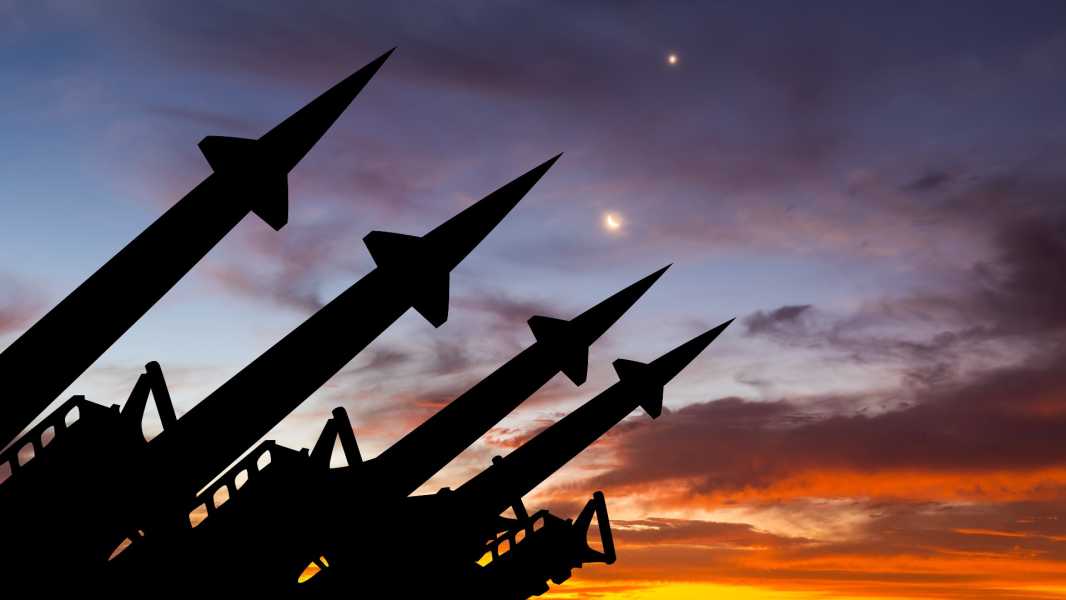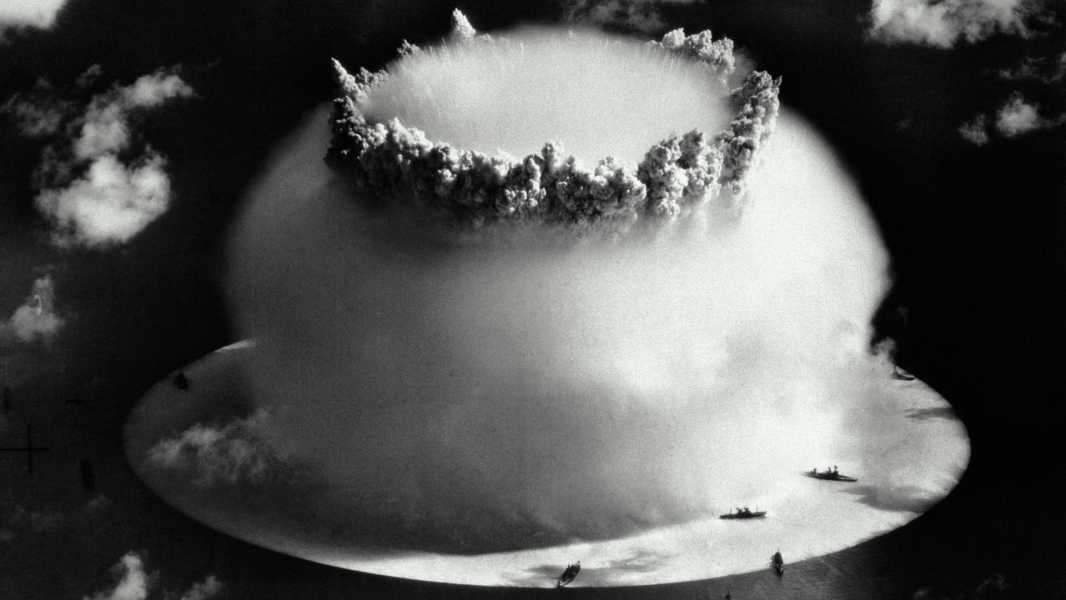
Missile systems are ready for combat. (Photo courtesy of Anton Petrus via Getty Images)
Nuclear weapons have the potential to destroy millions of lives, wipe out entire cities, and render land in fallout zones barren for generations.
According to the Arms Control Association, the nine nuclear powers—China, France, India, Israel, North Korea, Pakistan, Russia, the United Kingdom, and the United States—have a combined arsenal of about 13,000 nuclear warheads. That raises some obvious questions. For example, what are the chances of an accidental detonation? And what measures are being taken to prevent them from going off accidentally?
Philip S. Blick, associate professor of nonproliferation and terrorism studies at the Middlebury Institute of International Studies in Monterey, California, noted that while some early versions of nuclear weapons were less reliable, modern nuclear weapons are designed with high levels of safety, security and reliability.
This means that the chance of an accidental detonation is extremely low. “Under normal [storage] conditions, U.S. nuclear weapons should have no more than a one in a billion chance of premature detonation,” Blick told Live Science in an email. “Under abnormal conditions, it’s one in a million.” Abnormal conditions, Blick said, could include scenarios such as “a fire in a nuclear weapons storage facility or a plane crashing while carrying a nuclear weapon.” Both of those cases, Blick noted, have happened in the past, and the weapons failed to detonate.
“Weapons are designed with a 'single point of safety,'” Blick added, so if one of the weapon's explosives were to go off accidentally, the probability of a nuclear explosion greater than four kilotons would be less than one in a million. By comparison, the bomb dropped on Hiroshima had a yield of 15 kilotons.
To ensure that the probability of detonation of nuclear warheads in any accident or incident is only one in a billion (or million), the U.S. Department of Energy requires that these weapons “include multiple sets of strong links, weak links, and barriers nested within each other, with each safety subsystem being largely independent of the others.”
This directive ensures that the various subsystems of the weapon are sufficiently independent. Using two of these safety subsystems will achieve a system assurance of one in a million, and three will provide one in a billion. According to the U.S. Department of Energy, safety against accidental detonation “is only possible if the failure modes for each safety subsystem are truly independent of each other.”
Death and destruction

Aerial view of a nuclear explosion.
To date, only two atomic bombs have been used for the sole purpose of causing mass death and destruction:
Sourse: www.livescience.com





